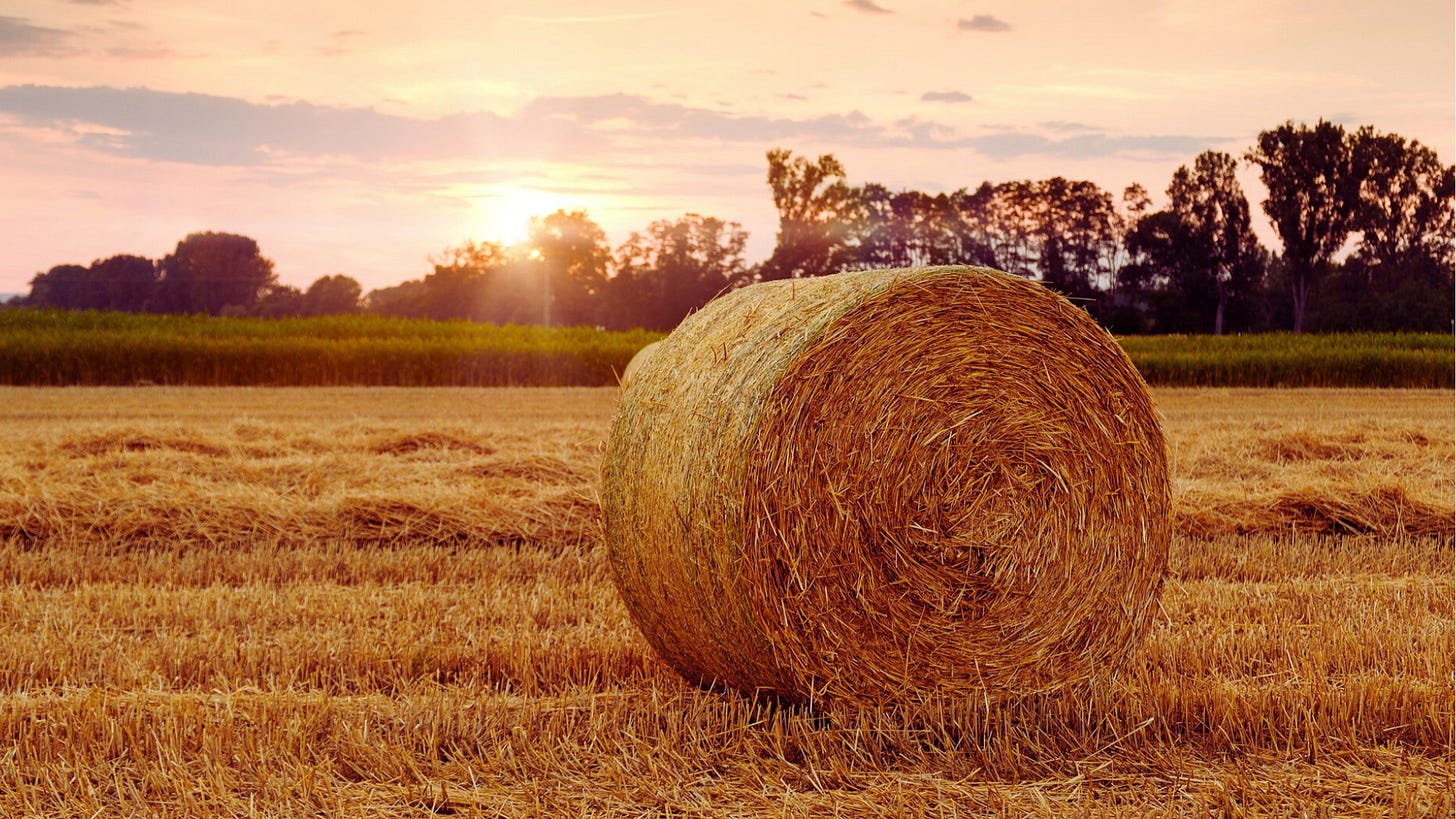A City Boy’s Case for Rural America
Part 2: A Population in Decline
In a previous post, I discussed the dramatic loss of farmland across our country. Citizens, from all areas of our nation, should be concerned by the stunning rate by which we are losing our agricultural lands. However, the decline of America’s rural population should be equally alarming to all Americans.
Rural America experienced a decade-long population loss for the first time in history, according to the last Census. While the loss from 2010 to 2020 was less than 1 percent, it marked the very first deviation from a long history of rural growth in this country, where America’s rural population grew by 1.5 million in the 2000s and roughly 3.4 million in the 1990s.
In addition, the population decline did not appear to be centralized in one single state or geographic region, but it appears to have impacted large areas of the country. According to an analysis by the University of New Hampshire, just one-third of rural counties gained population between 2010 and 2020. In the decade prior, a majority of counties gained population.
Research suggests that one of the biggest factors of the rural population decline is age. More than 80 percent of rural counties had more deaths than births over the last 4 years.
America, as a whole, is experiencing a fertility crisis. Our nation hit a record low fertility rate last year. Fewer babies have not born in the United States since 1979, when our population was roughly 225 million. Today, the Census Bureau estimates that our population is more than 335 million. While America’s fertility issues are an existential threat to the future of our entire nation, the birthrate has not yet impacted urban America to the degree of its rural neighbors – American metro areas continue to grow. More than 80 percent of Americans now live in urban areas, according to Census data.
While “natural” population growth, the difference between births and deaths in a particular demographic, is upside down for rural America, domestic migration helped sustain rural America’s population for the time being. Lockdowns and pandemic policies spurred enormous domestic migration between states and communities across the country, where more than one-fifth of Americans either moved or knew someone who moved during the pandemic.
According to the USDA, our rural population saw modest growth after a decade of overall population loss, experiencing about a quarter percent of growth from July 2020 through June 2022. Net migration simply grew slightly larger than the rural population’s natural decrease. However, it is important to recognize that this massive migration is unprecedented and cannot be counted on to consistently replace a dying rural population.
Furthermore, fertility rates are typically higher in rural communities than in urban communities. Plus, data has historically shown that rural families often have more children than urban families. Thus, even with higher fertility rates and larger families, rural America has been unable to replace its population.
While these rural population trends don’t always make headlines on cable news or top the trending charts on social media, their impact may be one the biggest stories of our lifetimes in terms of long-term economic and political change.
According to the Federal Reserve, rural Americans have faced employment declines in three key areas for the heartland over the past few decades: agriculture, mining, and manufacturing. In addition, despite an increased share of rural Americans obtaining degrees from high schools and colleges, poverty rates in non-metro areas have remained relatively unchanged in rural America since the 1980’s, according to the USDA. In addition, while industries have created more efficiency through technology, a shrinking rural workforce in key industries could have enormous impacts on our economic prosperity and our national security, in terms of our ability to secure supply chains for critical areas of our economy.
Finally, if rural America’s population continues to decline, the impact on our electoral map could be profound. For example, Donald Trump won 2,588 counties in 2020, according to an analysis by the Associated Press. Joe Biden only won 551 counties. In 2016, the AP reported that Donald Trump won 2,626 counties, while Hillary Clinton only won 487 counties. These electoral maps, widely shared on social media, clearly show most of the geographic area of our country covered in red, with small regions clearly denoting urban centers in blue.
For decades, rural America has been the backstop against the spread of radical liberal ideology across the country. If our rural populations fail to be replenished over time, defenders of liberty could face difficulty advancing conservative ideas within our electoral system, especially on the statewide and national levels.
From education, to Hollywood, to urbanization, the Left has always been far more effective at ensuring the institutionalization of their ideas than the Right. Conservatives focus far more on being economically productive as individuals than their public service-minded progressive counterparts. Plus, relatively few within the conservative movement genuinely invest in generational goals for protecting liberty, and even those individuals who are engaged on the Right tend to focus most of their attention on election cycles.
If conservatives truly want to ensure freedom and traditional values for future generations of Americans, perhaps, preserving the vibrance of our rural and non-urban communities is a great place to begin the discussion.



